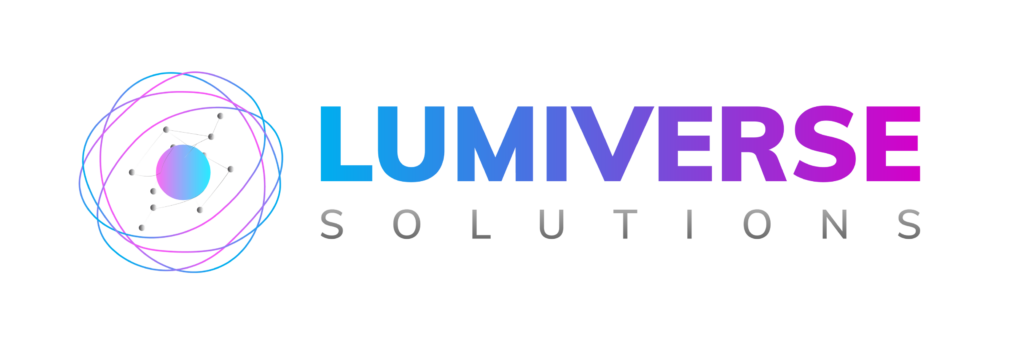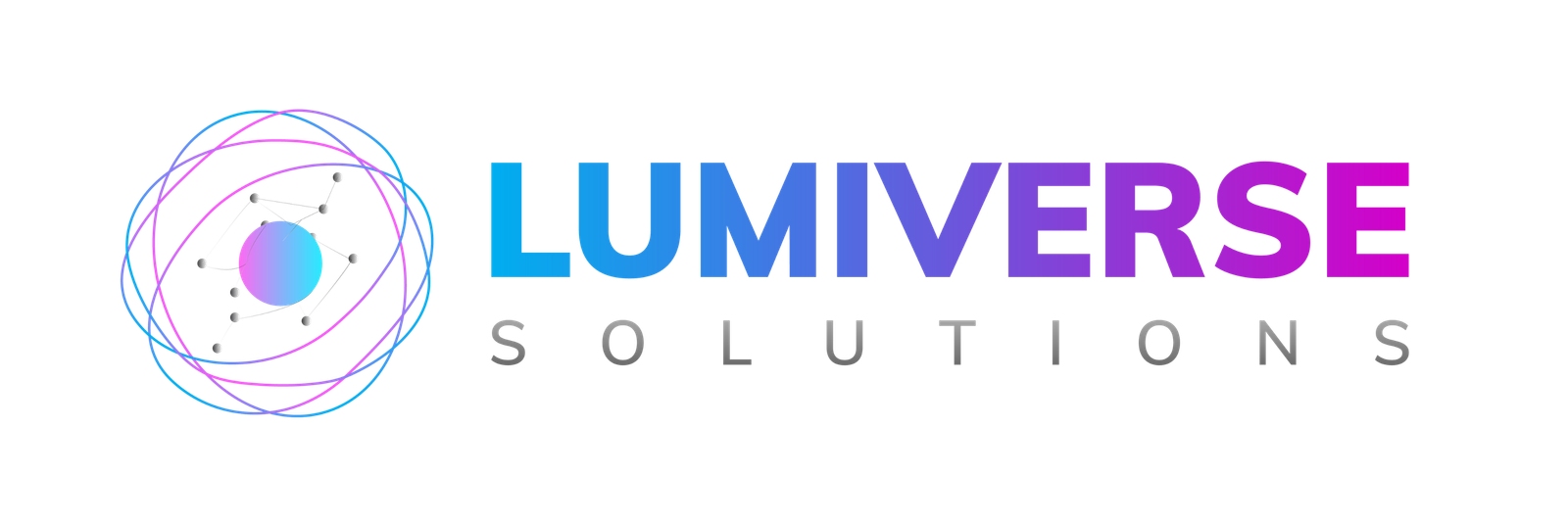New CISO vs CTO Who Owns Cybersecurity in 2025?

INTRODUCTION
With increasing cyber threats and regulatory demands, cybersecurity has become the core of business strategy. Companies in various sectors are raising a very important question: “New CISO vs CTO—who owns cybersecurity in 2025?”
This debate is a manifestation of a larger shift in leadership positions. Although the Chief Technology Officer (CTO) has traditionally borne responsibility for technological innovation, the Chief Information Security Officer (CISO) now occupies an equally pivotal position for protecting digital ecosystems. The intersection point of this power dynamic is where innovation and security converge.
In this post, we discuss how the roles of the New CISO vs CTO have changed, their roles in a post-pandemic, AI world, and the way visionary organizations are organizing cybersecurity leadership.
1. The Roles Have Evolved: CTO and New CISO in 2025
CTO in 2025: Leading With Innovation
Historically, CTOs have spearheaded innovation—creating products, managing IT infrastructure, and coordinating tech strategy with business objectives. CTOs need now:
To ensure compliance for all technologies.
To work with security teams throughout product creation.
To design robust architectures that accommodate Zero Trust concepts.

The Rise of the New CISO
Today’s CISO is no longer a specialist technical expert. The New CISO in 2025 is an executive with cross-functional impact. Roles involve:
Establishing cybersecurity policies and frameworks.
Directing threat detection and response.
Overseeing regulatory compliance (e.g., GDPR, HIPAA, ISO 27001).
Reporting cyber risks up to the board or CEO.
The line between innovation (CTO) and protection (CISO) is getting confused, leading to the New CISO vs CTO conundrum in most organizations.
2. Joint Cybersecurity Responsibilities: Overlap and Complexity
Both have distinct areas of authority, but there is a common pool of cybersecurity responsibilities where there is tension or synergy based on the structure of the organization.
CISO: Assesses security implications of new technologies prior to deployment.
CTO: Ensures availability of the system and recovery.
CISO: Oversees breach response, forensic analysis, and disclosure requirements.
DevSecOps
CTO: Advocates for quicker development cycles.
CISO: Incorporates security early in the pipeline.
This overlap tends to create ambiguity: Who gets the final word? The response defines the overall cybersecurity posture.
3. Regulatory and Business Pressures
Businesses in 2025 are now governed by more privacy regulations, such as GDPR updates, the U.S. Cybersecurity Maturity Model Certification (CMMC), and area-specific AI laws.
New Implications for the New CISO vs CTO Discussion
Regulatory Compliance: The New CISO will have to make sure controls are implemented.
Technical Execution: The CTO would execute tools to satisfy those controls.
Strategic Communication: Both positions need to communicate cyber risk to the board in terms familiar to non-technical leaders.
Those pressures create an urgent need to specifically define cybersecurity leadership early on.

4. Case Studies: Who Leads Cybersecurity in Practice?
Case Study 1: Financial Services Enterprise
In a global bank, the CTO was driving all digital transformation initiatives. But following a breach due to a compliance issue, the CISO was given board-level access, and there was enhanced risk management and quicker detection.
Key Insight: Cybersecurity leadership should be autonomous and in a position to veto technical decisions if necessary.
Case Study 2: SaaS Startup
Misconfiguration of a cloud bucket caused a breach, leading to investor distrust. After the breach, a CISO was brought onboard to audit and reorganize policies.
Key Insight: Innovation and protection need to be separated by startups as they grow.
Case Study 3: Healthcare Platform
In this instance, the CISO and CTO shared leading a cybersecurity governance team. With aligned KPIs and reporting lines, incidents dropped 40% year on year.
Key Insight: Coordination wins out over confrontation when roles are clarified and respected.
5. Critical Competencies of the New CISO in 2025
In order to succeed alongside the CTO, the New CISO needs to have:
Business Fluency: Knowledge of financial risk, ROI on security investment, and regulatory exposure.
Communication Skills: Capacity to report risk metrics to non-technical leaders.
Adaptability: Navigating emerging threats such as AI manipulation or deepfake social engineering.
Governance Expertise: Ensuring compliance across jurisdictions and industry verticals.
Technical Know-How: Though not a coder, the New CISO is aware of encryption, cloud security, and identity governance.
6. CTO Viewpoint: Innovation vs. Risk
Using AI/ML to enhance product.
Embracing microservices and serverless architectures.
Experimenting with blockchain for trust and transparency.
But these are risks. Left to themselves, vulnerabilities in these tools would go undetected.

7. Boardroom View: Clarity is Required for Accountability
In 2025, boards inquire:
Who is responsible for data protection?
Who is in charge of incident response?
Who is responsible for compliance in all markets?
More and more, boards insist on clarity of accountability, which drives the New CISO vs CTO debates. The direction is to make cybersecurity a collective accountability with identified control domains and escalation routes.
8. Best Practice: Collective Cybersecurity Governance
The best-performing organizations adopt co-leadership, in which:
The CTO leads innovation with a security-by-design approach.
The New CISO analyzes and optimizes the security impact of every project.
Both roles have a Chief Risk Officer, CIO, or CEO report.
Common KPIs are employed to track risk mitigation, uptime, compliance, and response time for incidents.
This allows New CISO vs CTO not to be a fight—it’s a collaboration.
9. The Role of AI and Automation in Redefining Responsibilities
AI is transforming both positions:
For the CISO: AI identifies anomalies, automates response to incidents, and assists in threat hunting.
Introduction of AI governance policies also erases role distinctions. Who sets rules on AI ethics and risk—New CISO or CTO?
In most companies, this has resulted in the formation of a Cybersecurity Governance Committee, co-chaired by both positions.
10. Organizational Designs to Close the Conflict
Model A: CISO Reports to CTO
Works in small teams
Security may be second to development
Model B: CTO and CISO Report to CIO Separately
Ensures equal influence
Needs strong CIO management
Model C: CISO Reports to CEO or Board
Creates security executive visibility and autonomy
Occurs in highly regulated industries

conclusion
Every structure has implications for speed, accountability, and resilience.
As we continue into an increasingly hyper-connected, AI-centric digital future, the line between security and innovation is increasingly indistinct. New CISO vs CTO is more than a matter of nomenclature—it’s an indicator of shifting priorities for leadership and organizational requirements.
The CTO remains the innovation beacon, who is charged with driving growth through technology. The New CISO, however, has emerged as the custodian of trust, whose responsibility is to safeguard information, people, and systems against increasingly technical cyber attacks.
In 2025 and beyond, the most secure and resilient companies will be the ones that foster cooperation between these two important roles. Instead of remaining in silos or fighting it out for power, the New CISO and CTO must collaborate as strategic partners. Shared accountability, well-defined roles, and respect for each other will drive stronger cybersecurity positions, faster innovation, and improved compliance.
Disclaimer
This blog post is an educational and information purpose only blog. The contents herein reflect general industry trends and best practices as of 2025 but may not be suitable for the specific needs, risks, or compliance requirements of every organization.
Nothing in this blog constitutes legal advice, cybersecurity certification, or regulatory advice. Readers are invited to obtain professional lawyers’ advice, certified cybersecurity professional advice, and compliance consultants before taking any decision based on the information contained in this blog.
Despite every precaution being taken to preserve the accuracy and suitability of information, we do not guarantee that content is complete, up-to-date, or accurate. Any organizational role, responsibility, and governance decision should be made based on internal risk assessment, business objectives, and applicable legal or regulatory requirements.
By accessing this blog, you acknowledge and agree that the authors, publishers, and parties involved are not liable for direct, indirect, or consequential loss or damage due to the use or reliance of the information in this website.
Recent Posts
Categories
- Cyber Security
- Security Operations Center
- Cloud Security
- Case Study
- Technology Trends
Vulnerability Assessment & Penetration Testing (VAPT)
Buy our VAPT services to identify vulnerabilities, simulate real-world attacks, and strengthen your systems against cyber threats effectively.
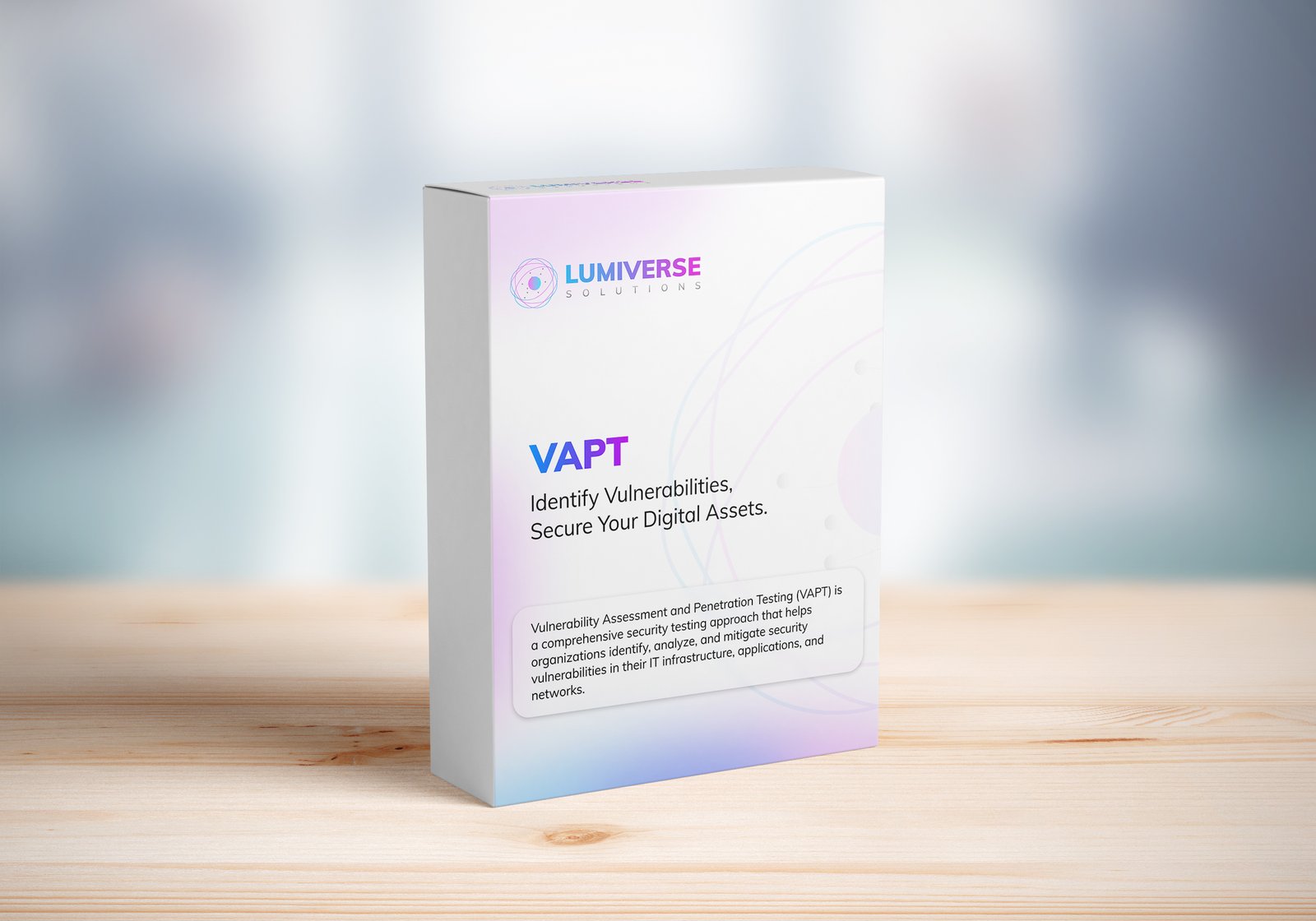
iso compliance service
Buy our ISO Compliance services to streamline processes, ensure security, meet global standards, and maintain industry certifications with ease.
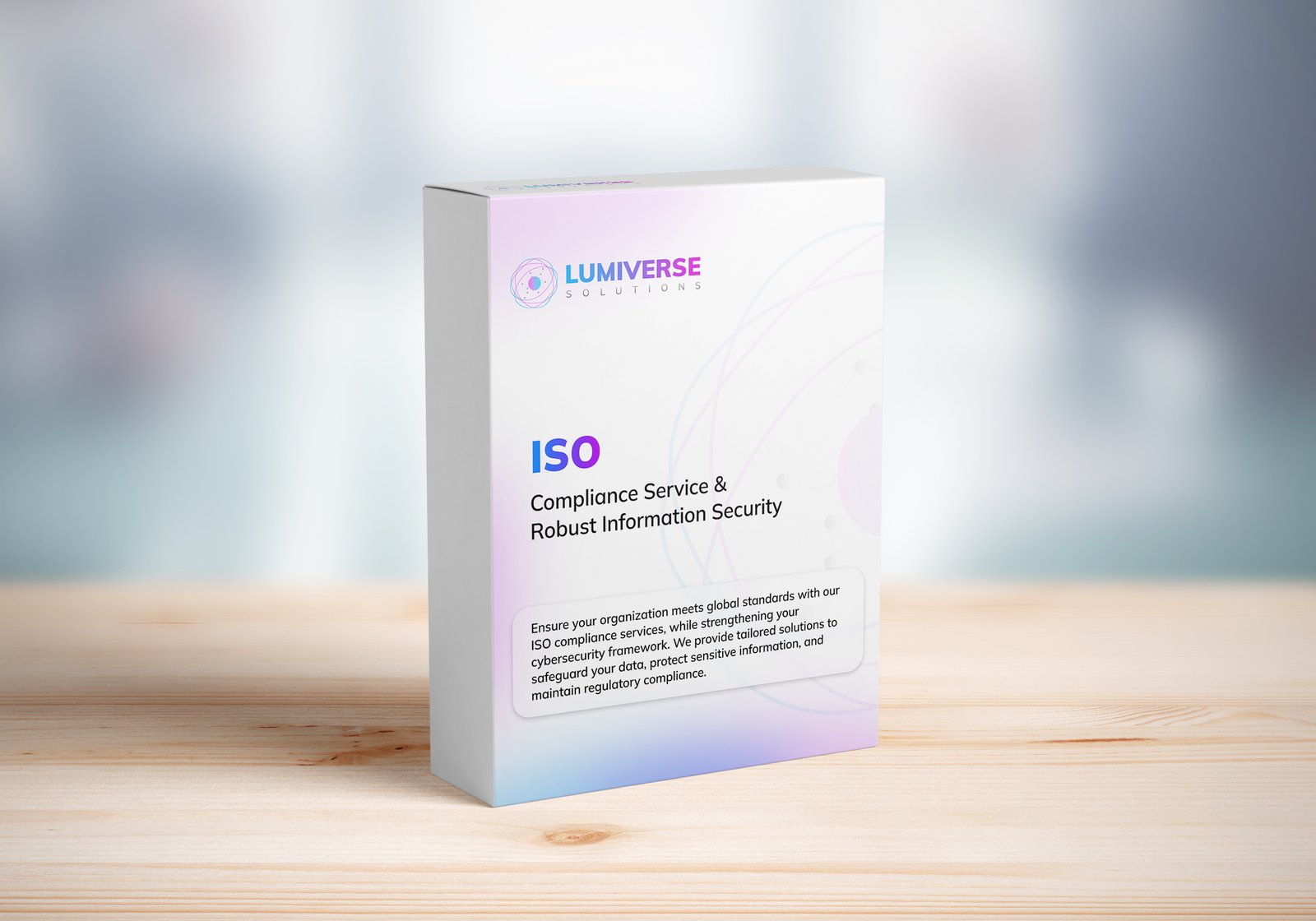
SOC 2 Compliance Audit
Ensure your business meets security, privacy, and compliance standards with our SOC 2 Compliance Audit services. Protect data, build trust, and stay secure. Buy our services today!

GDPR Compliance Audit Services
Ensure your organization meets GDPR standards with our expert compliance audit services. Protect data, avoid penalties, and enhance privacy practices. Buy our services today to stay secure and compliant!
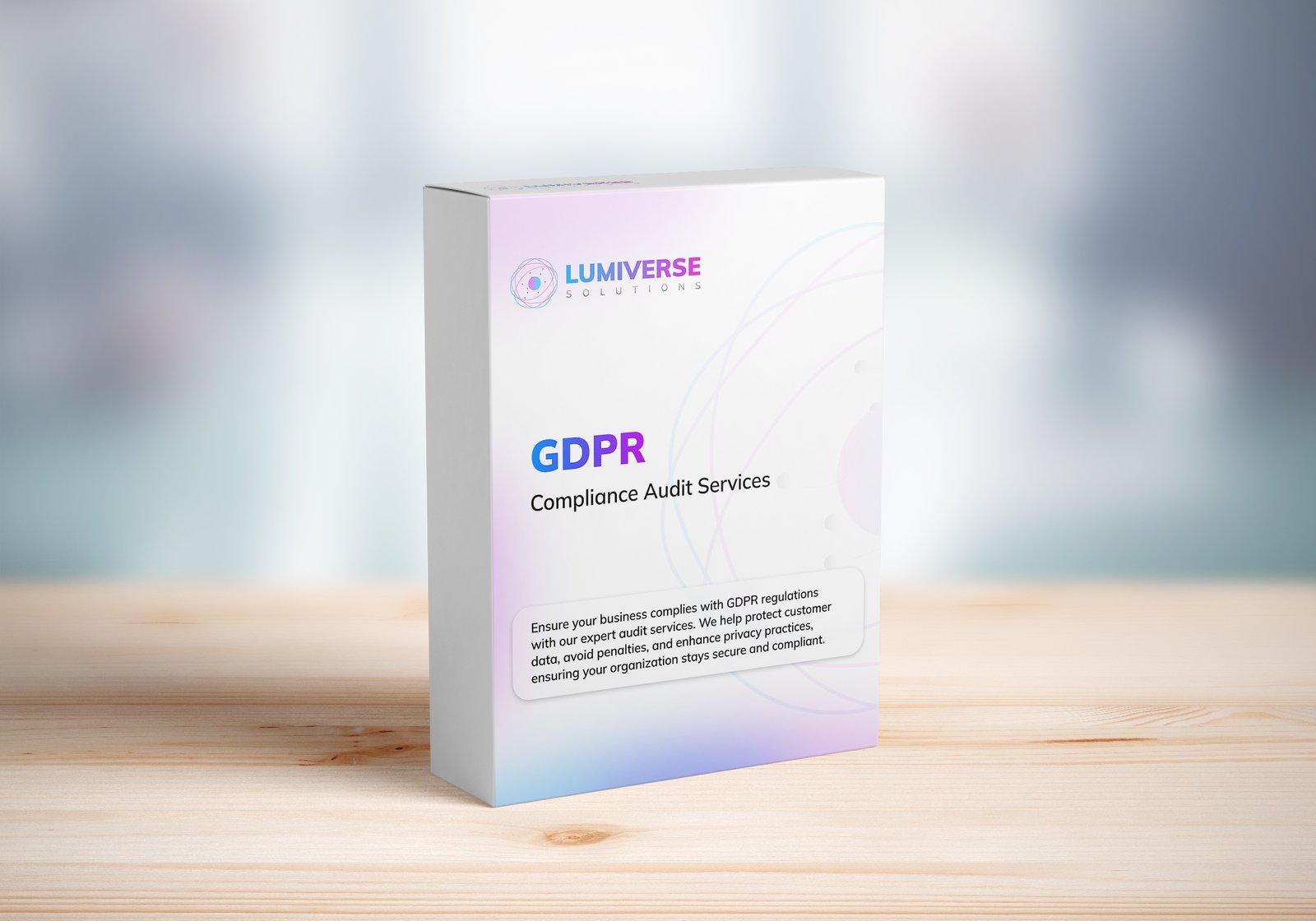
Subscribe to our Research
Enter your email address to subscribe to Lumiverse Research and receive notifications of new posts by email.
Tell Us Your Opinion
We value your perspective! Share your thoughts, feedback, or questions below. Your opinion matters and helps create a richer, more engaging conversation. Let’s connect and hear what you think about this post!
